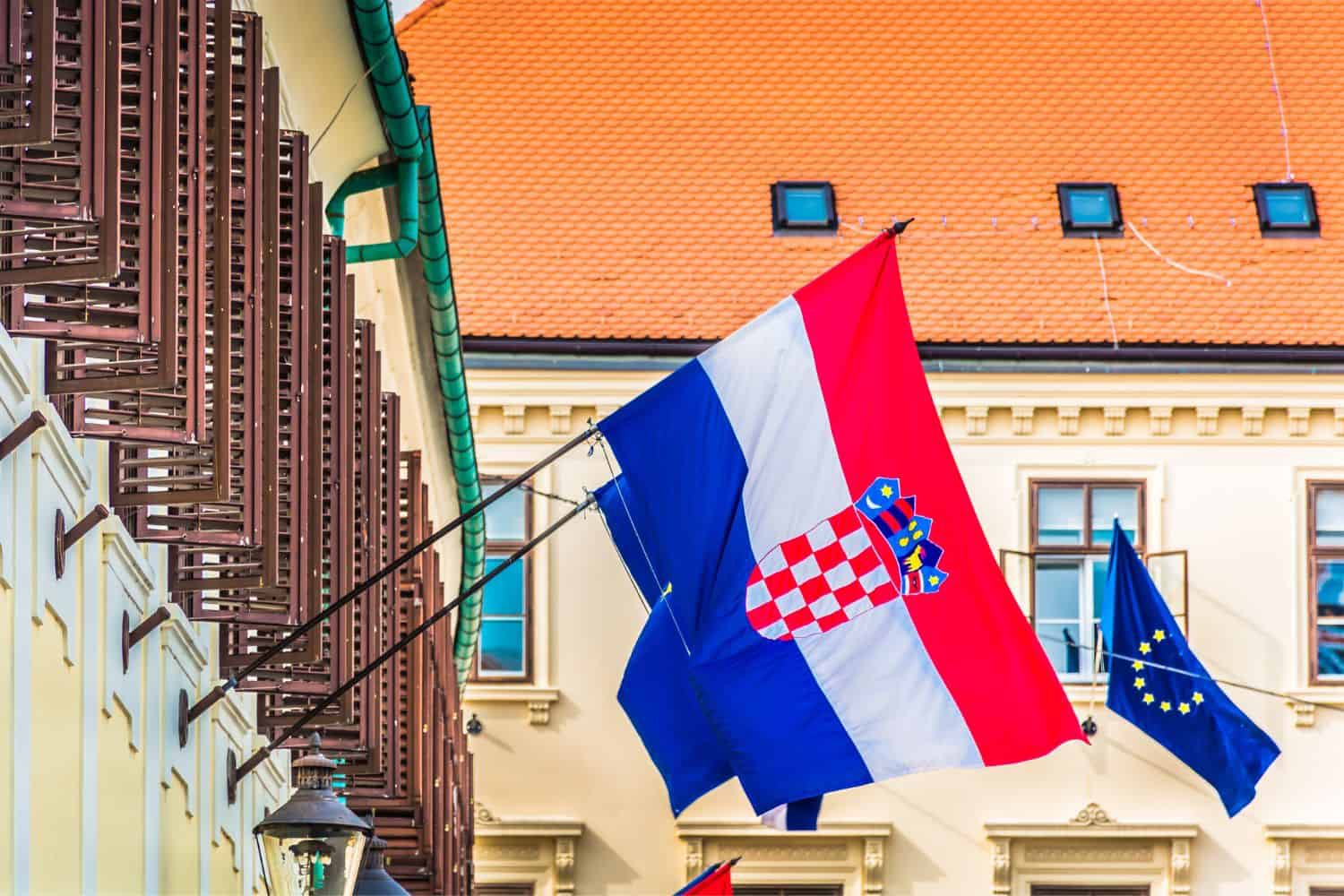By Maxwell Nyagamago
Copyright pulse

At a time when the world map appears largely fixed, it is striking to note that dozens of new nations have emerged in the past three decades.
The creation of countries has become rare and complex, often shaped by wars, peaceful dissolutions, or long struggles for self-determination.
Since the 1990s, more than thirty new states have reshaped the global order, each with its own history, challenges, and aspirations.
These youngest nations represent diverse paths to sovereignty, ranging from violent conflicts rooted in ethnic divisions to amicable separations achieved through democratic negotiations. Their stories highlight the continuing evolution of global politics and remind us that national boundaries are far less permanent than they appear.
ALSO READ: Top 10 African Countries with the Best Government: 2025 Rankings
10 Youngest Countries in the World
1. South Sudan – July 9, 2011
South Sudan remains the world’s youngest sovereign nation, gaining independence on 9 July 2011. The decision followed decades of devastating civil war, most notably the Second Sudanese Civil War from 1983 to 2005, which claimed millions of lives.
A referendum saw an overwhelming 98% of voters choose separation from Sudan. Despite possessing rich oil reserves, South Sudan has struggled with ethnic conflict, political instability, and widespread poverty. With a GDP per capita of about $1,078, it ranks poorly on development indices. Drought, famine, and a fragile economy continue to hinder progress, though its youthful population and natural resources hold potential for growth.
ALSO READ: Top 10 Best Airports in Europe: 2025 Rankings
2. Kosovo – February 17, 2008
Kosovo declared independence from Serbia on 17 February 2008 after years of ethnic tension and the Kosovo War of the 1990s, which required NATO intervention.
Although 104 UN member states, including the US and UK, recognise Kosovo, its sovereignty remains disputed by Serbia, Russia, and China. Home to 1.8 million people, Kosovo has a vibrant young population and a growing tourism sector, yet it continues to grapple with unemployment and political uncertainty over its international status.
ALSO READ: 10 Interesting Features of the iPhone 17 That Will Make You Question Everything
3. Montenegro – June 3, 2006
Montenegro gained independence on 3 June 2006 through a referendum that peacefully ended its union with Serbia. Unlike other Balkan states, Montenegro avoided violent conflict.
The country’s Adriatic coastline has made tourism its economic backbone, accounting for almost 30% of GDP. With highlights such as Kotor and Durmitor National Park, Montenegro thrives as a tourist hub. However, reliance on foreign visitors and investment leaves it vulnerable to global economic shocks.
ALSO READ: Top 10 Best Countries in the World to Visit: 2025 Rankings
4. Serbia – June 5, 2006
Serbia became independent on 5 June 2006 following the dissolution of its union with Montenegro. Despite its deep historical roots, modern Serbia emerged only recently as a separate state.
Belgrade serves as a cultural and economic centre, while the country’s economy has expanded into energy and mining exports. Serbia faces challenges related to Kosovo’s independence but continues to pursue European Union membership.
ALSO READ: Top 10 Best Airports in Africa: 2025 Rankings
5. Timor-Leste (East Timor) – May 20, 2002
Timor-Leste, also called East Timor, became Asia’s youngest nation on 20 May 2002 after centuries of Portuguese colonisation and a brutal Indonesian occupation from 1975 to 1999.
A UN-backed referendum cleared the path to independence, although violence followed. With a population of 1.3 million, Timor-Leste relies heavily on offshore oil and gas. Despite poverty and underdevelopment, the country is gradually building a future through tourism and international partnerships.
ALSO READ: The Top 10 Best Airports in the World: 2025 Rankings
6. Eritrea – May 24, 1993
Eritrea declared independence from Ethiopia on 24 May 1993 after a thirty-year war. Strategically located on the Red Sea, the nation’s capital, Asmara, is famed for its colonial architecture and has UNESCO recognition.
Yet Eritrea’s post-independence journey has been marred by authoritarian rule and international isolation. Economic challenges and limited opportunities have driven high levels of emigration, while political constraints hinder growth.
ALSO READ: Top 10 Countries with the Lowest Fertility Rates – Global Ranking
7. Czech Republic – January 1, 1993
The Czech Republic was born from the peaceful “Velvet Divorce” that split Czechoslovakia into two nations on 1 January 1993.
The country quickly integrated into the West, joining NATO in 1999 and the EU in 2004. Today it enjoys one of the strongest economies among new states, driven by tourism, industry, and skilled labour. Prague alone attracts millions of visitors each year, making the Czech Republic a model of successful transition.
ALSO READ: Top 10 Cleanest Airports in the World: 2025 Rankings
8. Slovakia – January 1, 1993
Slovakia also emerged from the Velvet Divorce on 1 January 1993. Its capital, Bratislava, lies on the Danube River and symbolises its strategic position in Europe.
The country has built a strong economy based on foreign investment, especially in the automotive sector. Slovakia’s EU and NATO memberships mark it as another success story of peaceful state formation.
ALSO READ: 5 Reasons Why Boring Love Is Often the Healthiest Kind of Love
9. Palau – October 1, 1994
The Republic of Palau became independent on 1 October 1994 after decades as a UN Trust Territory administered by the United States. With just 18,000 people, it is one of the smallest sovereign nations in the world.
Palau depends heavily on eco-tourism, particularly diving, and benefits from financial and defence ties with the US under the Compact of Free Association. Climate change poses serious risks, but its commitment to conservation sets a global example.
ALSO READ: 7 Honest Reasons Why You Should Not Keep Multiple Partners
10. Croatia – June 25, 1991
Croatia declared independence from Yugoslavia on 25 June 1991, sparking a bloody war that lasted until 1995. Despite this turbulent beginning, Croatia joined the European Union in 2013 and has become a stable democracy.
Tourism drives much of its economy, thanks to its Adriatic coastline, Dubrovnik, Split, and other historic cities. While challenges like youth emigration remain, Croatia’s integration into European structures underpins its long-term stability.
ALSO READ: 8 Red Flags That Suggest Your Boyfriend May Be Cheating On You
The ten youngest nations in the world show that even in modern times, sovereignty is often hard-won. Some, like the Czech Republic and Slovakia, achieved independence peacefully and now thrive, while others, such as South Sudan and Eritrea, continue to struggle with instability and economic hardship. Together, their stories reflect both the opportunities and the trials of nation-building in the 21st century.



